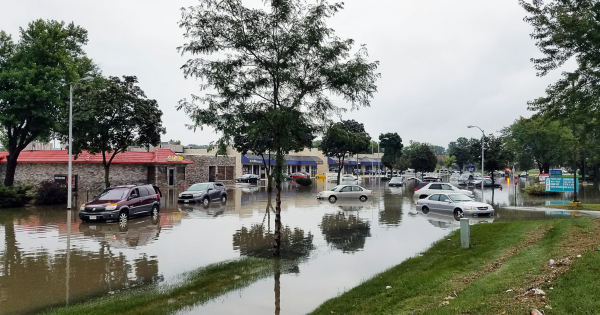Freezing Fog Advisory
A Freezing Fog Advisory is an alert issued by weather authorities when fog forms during subfreezing temperatures, leading to hazardous road conditions and reduced visibility.
See the current LIVE alerts.

Understanding Freezing Fog Advisory
A Freezing Fog Advisory is issued by local meteorological agencies when fog develops in conditions where temperatures are at or below the freezing point. This type of fog can deposit a thin layer of ice on surfaces such as roads, sidewalks, vehicles, and power lines, creating potentially hazardous conditions. The advisory alerts the public to these dangers and encourages taking necessary precautions.
When is a Freezing Fog Advisory Issued?
Weather services issue a Freezing Fog Advisory when atmospheric conditions are conducive to the formation of freezing fog, which typically occurs in the late fall, winter, and early spring months. These advisories are announced when the weather conditions are expected to persist, potentially impacting travel and daily activities.
How to Prepare for Freezing Fog
Preparation is key when a Freezing Fog Advisory is in effect. Here are some tips to stay safe:
- Drive Cautiously: If you must drive, reduce your speed and maintain a greater distance between vehicles. Black ice, which is invisible on the road, can form, increasing the risk of accidents.
- Stay Informed: Keep updated with the latest weather forecasts and advisories through local news, weather apps, or the radio.
- Visibility: Use fog lights or low beams if driving, and keep your windows clear of fog and ice.
- Outdoor Activities: Limit outdoor activities if possible, as sidewalks and paths may be slippery.
- Emergency Kit: Ensure your vehicle's emergency kit is stocked with essentials such as blankets, food, water, and a flashlight.
The Impact of Freezing Fog
Freezing fog can significantly impact day-to-day activities due to its effects on transportation and infrastructure. Ice accumulation on power lines may lead to power outages, while icy roads can cause delays and accidents. It's important to heed advisories and take safety precautions seriously to minimize risks.






